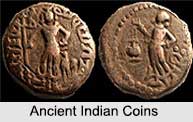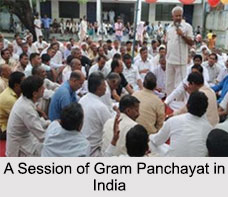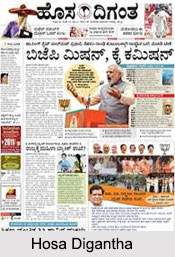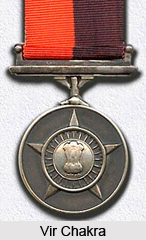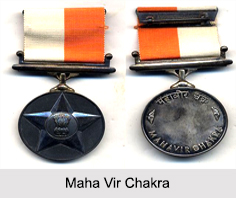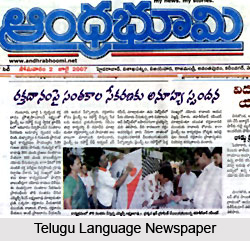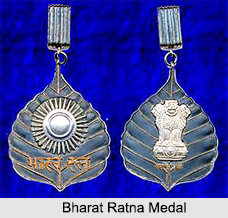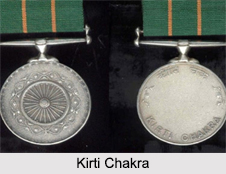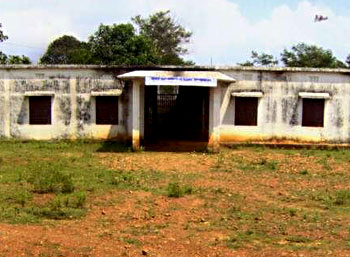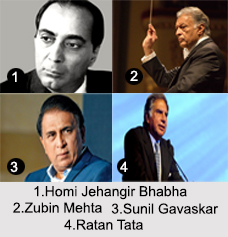Every State has a Chief Secretary who is invariably the head of the General Administration Department, whose political head is the Chief Minister himself. The Chief Secretary is the most important person of the Secretariat and his control extends to all its other departments. He is admittedly the Chief of Secretaries. The Chief Secretary is head of the civil services in the State, their mentor and conscience-keeper. All the governmental servants look to him to deal with all and every problem concerning their conditions of service and work. He provides much-needed leadership to the administrative system of the State, is the chief public relations officer of the Government, without of course being so named, and finally, the channel of communication between his Government and the Central and other State Governments in India.
Position of Chief Secretary
The office of the Chief Secretary is considered so important that it has been excluded from the operation of the tenure system. In practice, the Chief Secretary either retires as such, or moves to the Central Government to take up a more important position. In the office of Chief Secretary, the State Government has an institution the parallel of which does not exist in the Central Government. In fact, the work performed by him in State administration is, at the Central level, interspersed among a number of officers of nearly equal status- the Cabinet Secretary, the Home Secretary and the Finance Secretary.
The Bengal Administration Enquiry Committee (Rowlands Committee) took note of the potentially pivotal position of the Chief Secretary and recommended, as early as 1945, that the Chief Secretary should be: the civil service head of the Chief Minister`s department; secretary to the Cabinet and to the Cabinet development committee; chairman of the development board; immediate executive superior of each district collector so far as developmental activities are concerned.
Functions of Chief Secretary
The Chief Secretary, generally, performs the following main functions: He is the principal adviser to the Chief Minister and the channel through whom the orders of the Government are passed out and executed. The Chief Minister is also the Secretary to the Cabinet. In this capacity, he prepares the agenda for the Cabinet Meetings, arranges these meetings, maintains a record of these meetings etc.
The Chief Secretary basically exercises general supervision and control over the entire Secretariat. He is also the head of the Civil Service. He has the authority to make postings, transfers, etc., of government personnel. In fact, an empirical study conducted by a State Government reveals that two out of every three cases dealt with by the Chief Secretary relate to personnel matters. He is the Secretary, by rotation, of the zonal council of which his State is a member. He exercises administrative control over the Secretariat buildings, including allocation of rooms in them.
The Chief Secretary also has control over the staff attached to the Ministers. He has control over the central record branch, the Secretariat library, and the conservancy and watch and ward staff who serve all the departments of the Secretariat. He looks after all other matters not falling within the responsibilities of other Secretaries. As chief of all the Secretaries, he has to preside over a large number of committees, and is appointed a member of many others. Indeed, there is hardly any committee concerned with high level policy, on which he is not nominated. In times of emergency or crisis he constitutes the nerve centre of the State, so to say. It has rightly been said that it is crisis administration that really utilizes the role of the Chief Secretary as a coordinator. He played as a liaison of both the Stare and the Central government.







